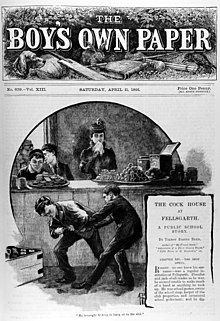The Beano is a British anthology comic magazine created by Scottish publishing company DC Thomson. Its first issue was published on 30 July 1938, and it became the world's longest-running comic issued weekly in 2018, publishing its 4000th issue in August 2019. Popular and well-known comic strips and characters include Dennis the Menace, Minnie the Minx, The Bash Street Kids, Roger the Dodger, Billy Whizz, Lord Snooty and His Pals, Ivy the Terrible, General Jumbo, Jonah, and Biffo the Bear.
Joseph Leo Baxendale was an English cartoonist and publisher. Baxendale wrote and drew several titles. Among his best-known creations are the Beano strips Little Plum, Minnie the Minx, The Bash Street Kids, and The Three Bears.
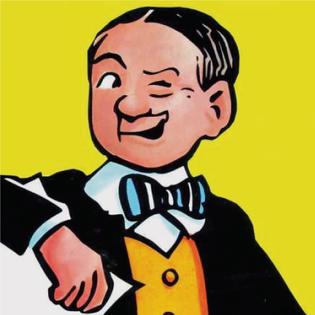
Lord Snooty is a fictional character who stars in the British comic strip Lord Snooty and his Pals from the British comic anthology The Beano. The strip debuted in issue 1, illustrated by DC Thomson artist Dudley D. Watkins, who designed and wrote Snooty's stories until 1968, but the stories would continue featuring in Beano issues until 1991, with occasional revivals and character cameos.
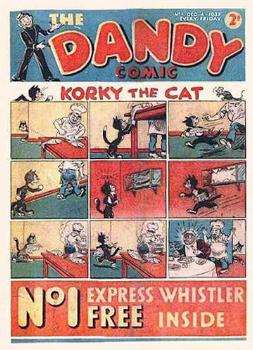
The Dandy was a British children's comic magazine published by the Dundee based publisher DC Thomson. The first issue was printed in December 1937, making it the world's third-longest running comic, after Il Giornalino and Detective Comics. From August 2007 until October 2010, it was rebranded as Dandy Xtreme.
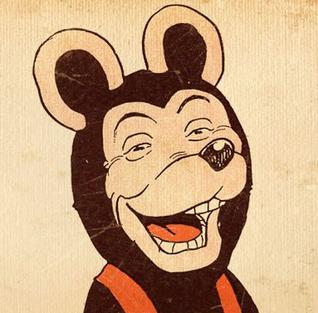
Biffo the Bear is a fictional character from the British comic magazine The Beano who stars in the comic strip of the same name, created in 1948 by Dudley D. Watkins. He was the mascot of The Beano for several decades.
A British comic is a periodical published in the United Kingdom that contains comic strips. It is generally referred to as a comic or a comic magazine, and historically as a comic paper.
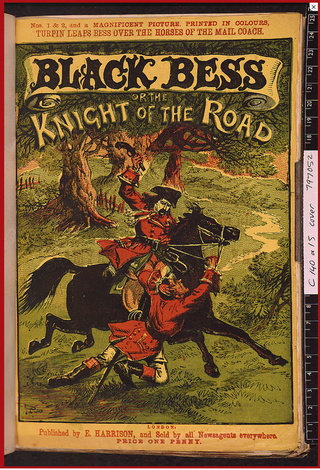
Penny dreadfuls were cheap popular serial literature produced during the 19th century in the United Kingdom. The pejorative term is roughly interchangeable with penny horrible, penny awful, and penny blood. The term typically referred to a story published in weekly parts of 8 to 16 pages, each costing one penny. The subject matter of these stories was typically sensational, focusing on the exploits of detectives, criminals, or supernatural entities. First published in the 1830s, penny dreadfuls featured characters such as Sweeney Todd, Dick Turpin, Varney the Vampire, and Spring-heeled Jack.
Dudley Dexter Watkins was an English cartoonist and illustrator. He is best known for his characters Oor Wullie and The Broons; comic strips featuring them have appeared in Scottish newspaper The Sunday Post since 1936, along with annual compilations. Watkins also illustrated for comics such as The Beano, The Dandy, The Beezer and Topper, and provided illustrations for Christian stories. Watkins was posthumously inducted into the British Comic Awards Hall of Fame in 2015.
The Amalgamated Press (AP) was a British newspaper and magazine publishing company founded by journalist and entrepreneur Alfred Harmsworth (1865–1922) in 1901, gathering his many publishing ventures together under one banner. At one point the largest publishing company in the world, AP employed writers such as Arthur Mee, John Alexander Hammerton, Edwy Searles Brooks, and Charles Hamilton. Its subsidiary, the Educational Book Company, published The Harmsworth Self-Educator, The Children's Encyclopædia, and Harmsworth's Universal Encyclopaedia. The company's newspapers included the Daily Mail, the Daily Mirror, The Evening News, The Observer, and The Times. At its height, AP published over 70 magazines and operated three large printing works and paper mills in South London.
A story paper is a periodical publication similar to a literary magazine, but featuring illustrations and text stories, and aimed towards children and teenagers. Also known in Britain as "boys' weeklies", story papers were phenomenally popular before the outbreak of the Second World War.

Wham! was a weekly British comics magazine published by Odhams Press. It ran for 187 issues from 20 June 1964 to 13 January 1968, when it merged into its sister title Pow!
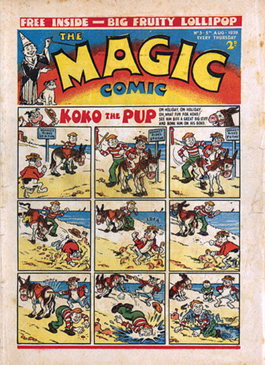
The Magic Comic was a British comics magazine. It was the ill-fated third comics magazine from DC Thomson. It was aimed at a younger audience, with more emphasis on picture stories. The first issue was published on 22 July 1939. The comic ran for only 80 issues until 25 January 1941. Paper rationing resulting from the outbreak of the Second World War caused its demise. Its Editor Bill Powrie promised that 'the Magic' would return; however, he was killed in action in 1942.
The Victor was a British comic paper published weekly by D. C. Thomson & Co. Ltd. The Victor ran for 1,657 issues from 25 January 1961 until it ceased publication on 21 November 1992. Associated with it was the annually published The Victor Book for Boys. This annual was first published in 1964, with the last edition published in 1994. A hardback book, The Best of The Victor, was published in 2010 ready to commemorate the 50th anniversary of this popular adventure comic. The book featured a selection of reprints from the weekly comic.
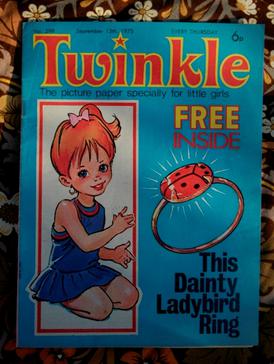
Twinkle, "the picture paper specially for little girls," was a popular British comics magazine, published by D. C. Thomson & Co. Ltd from 27 January 1968 to 1999. It was aimed at young girls and came out weekly, supplemented each year with a Summer Special and a hardcover Annual.

Chums was a boys' weekly newspaper started in 1892 by Cassell & Company and later, from 1927, published by Amalgamated Press. The publisher gathered the weekly paper into monthly and annual editions. The monthly versions were published on the 25th of the month, and up to November 1920 included all the content of the weekly editions. From then on, the monthly editions had all the story content of the weeklies, but left out the covers. This left a gap which was then filled by short stories, articles and even serials that were not included in the weekly edition. The serial ceased publication in 1941.

The Hotspur was a British boys' paper published by D. C. Thomson & Co. From 1933 to 1959, it was a boys' story paper; it was relaunched as a comic in October 1959, initially called the New Hotspur, and ceased publication in January 1981.
Robert Duncan Low was a Scottish comics writer and editor. Employed by D. C. Thomson & Co., he was responsible for their line of comics, and, as a writer, co-created Oor Wullie and The Broons with artist Dudley D. Watkins.
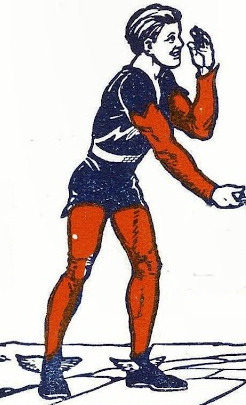
Jack Flash is a British adventure story character published in the British comic magazine The Beano, first appearing in issue 355 with artwork by Dudley Watkins. He featured for almost a decade in five serials, following his time as a foreigner to Earth and living in a Cornish village.
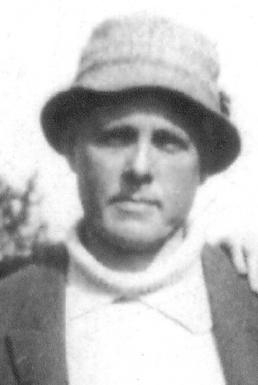
Herbert John Allingham was an English editor, journalist, serial pulp fiction writer, husband of writer Emmie Allingham and father of crime novelist Margery Allingham.
British girls' comics flourished in the United Kingdom from the 1950s through the 1970s, before beginning to decline in popularity in the 1980s and 1990s. Publishers known for their girls' comics included DC Thomson and Fleetway/IPC. Most titles appeared weekly, with the content primarily in picture-story format. The majority of the stories were serialized, with two or three pages per issue, over eight to twelve issues. They were marketed toward young teen girls.
